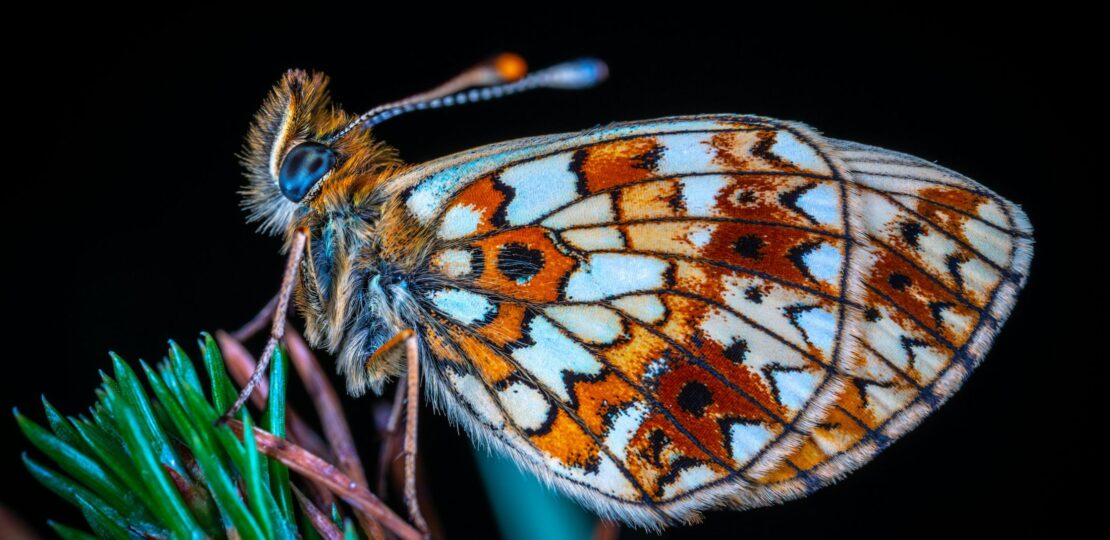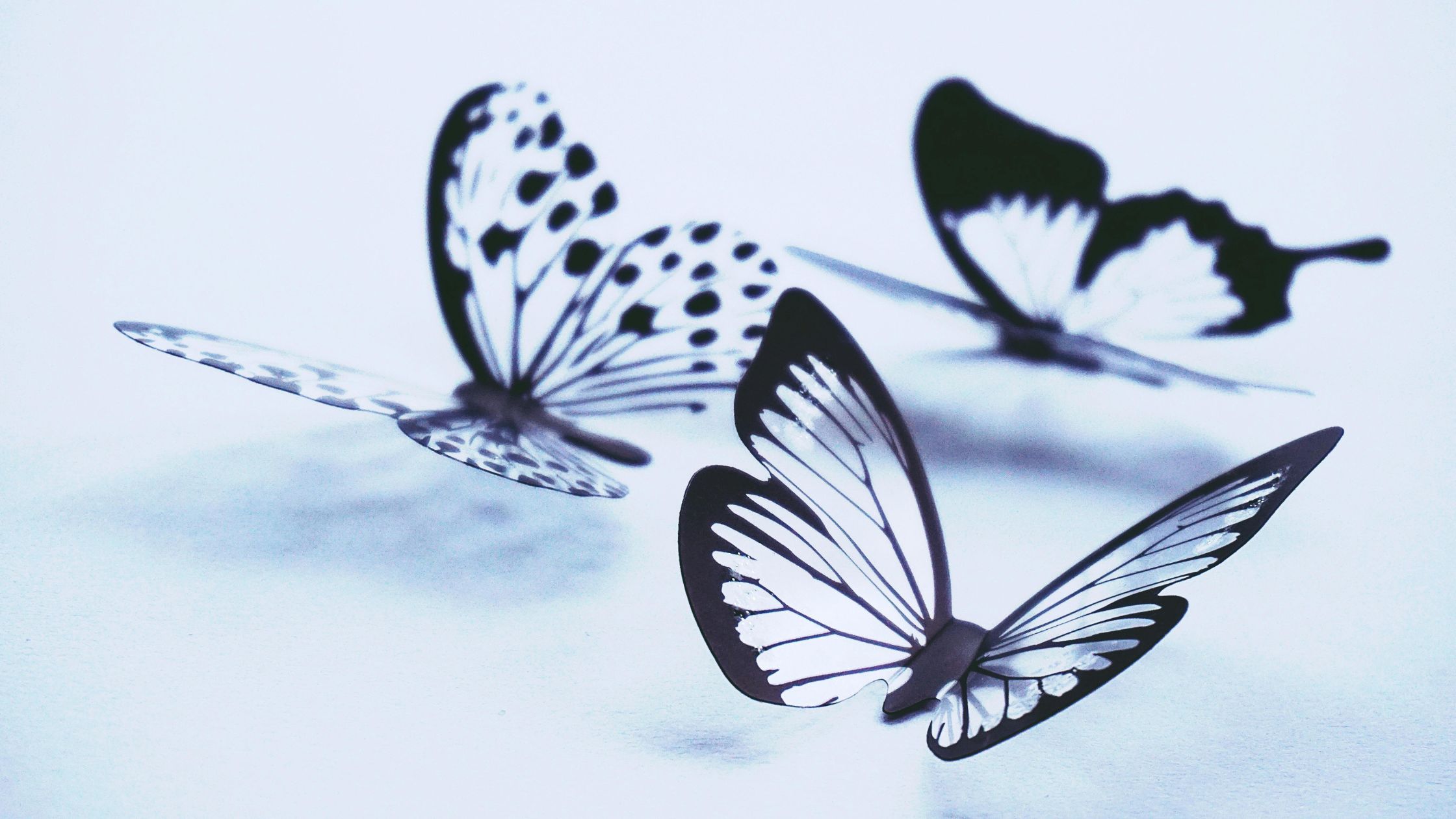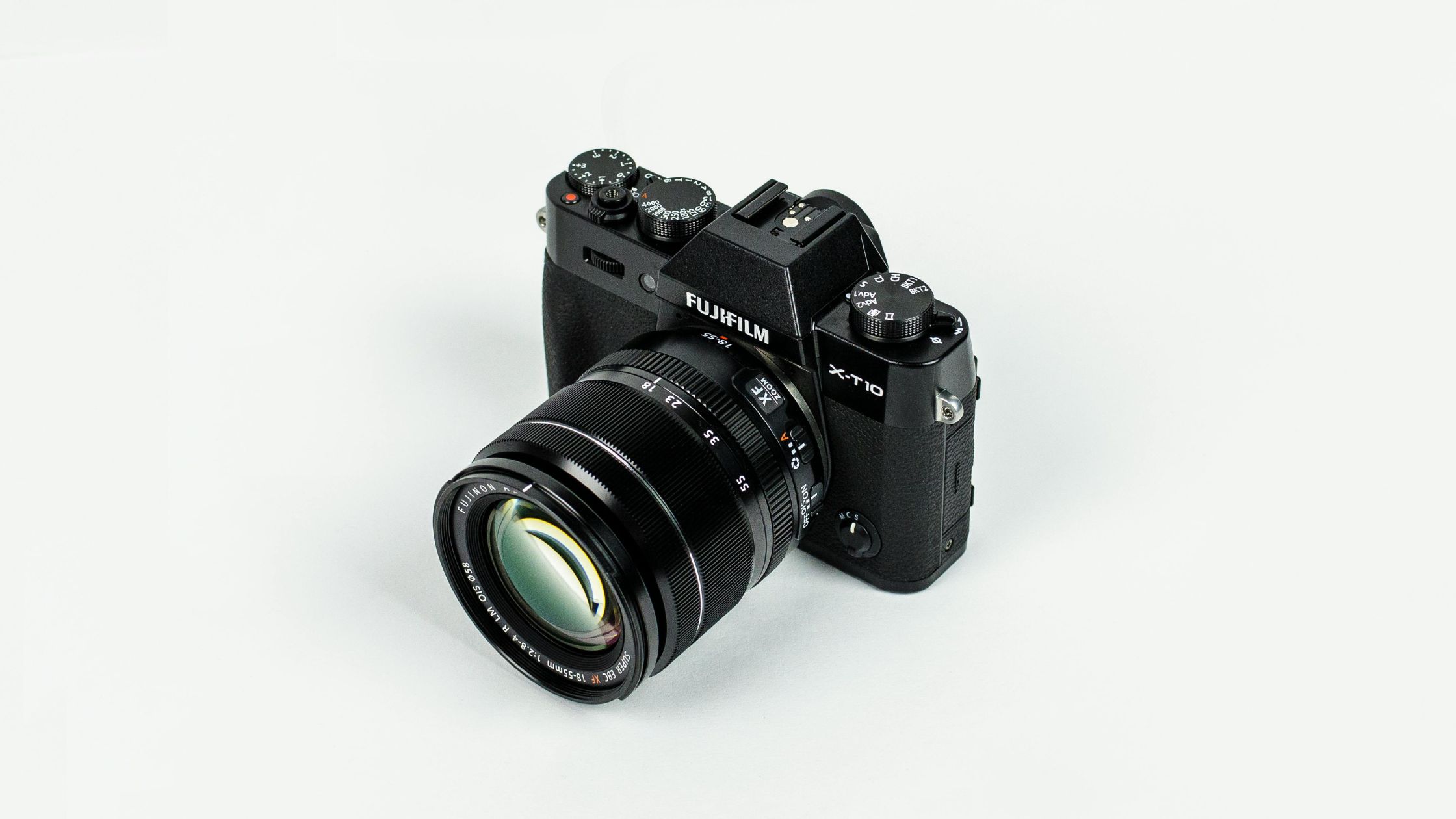

Introduction to Macro Photography
Macro photography is a specialized genre within the broad field of photography that focuses on capturing small subjects at a close range, typically with a magnification ratio of 1:1 or greater. This technique reveals intricate details that are often overlooked by the naked eye, enabling photographers to explore and document the beauty of small-scale subjects such as insects, flowers, and textures. The significance of macro photography lies in its ability to showcase the natural world in a unique manner, fostering a deeper appreciation for the minute elements that compose our environment.
The journey of macro photography can be traced back to the early days of photography when naturalists and scientists utilized this technique for documenting specimens. Over time, advancements in camera technology and lens design have made it more accessible, allowing both professional and amateur photographers to experiment with this fascinating medium. As a result, macro photography has evolved into a significant artistic and scientific tool, bridging the gap between the aesthetic qualities of art and the analytical approach of scientific research.
- 【Intelligent Touch Pad 】Powered by standard USB with Touchpad Control, it works with most devices that support usb port,…
- 【Colorful Ringlight】There are 3 white light modes (warm, cool, natural) with 10 brightness levels and 12 playful RGB col…
- 【62in Phone&Camera Tripod&Selfie Stick】 Extends from 18 to 62in, this tripod can be used alone and fully adapts to a ran…
Macro photography finds its applications across diverse fields, including nature studies, scientific research, and even commercial uses such as advertising and product photography. In the realm of nature photography, macro techniques are employed to highlight the delicate features of insects and blooms, revealing patterns and colors that are often invisible to the casual observer. In scientific contexts, macro images serve as valuable resources for the documentation and study of biological specimens, while in art, they provide a platform for creative expression through the exploration of texture and form.
Ultimately, macro photography distinguishes itself from other types of photography, such as portrait or landscape photography, through its emphasis on minute details and the intimate relationship it cultivates between the viewer and the subject. This genre invites one to slow down and appreciate the extraordinary complexity of the world around us, reaffirming that beauty can often be found in the smallest of places.
Essential Equipment for Macro Photography
Macro photography, the art of capturing intricate details of small subjects, requires specific equipment to achieve stunning results. The foundation of this genre lies in choosing the right camera and lens combination. For optimal performance, a dedicated macro lens, typically with a focal length ranging from 60mm to 105mm, is preferable. For instance, the Canon EF 100mm f/2.8L Macro IS USM and the Nikon AF-S VR Micro-Nikkor 105mm f/2.8G are both highly regarded within the macro photography community. These lenses facilitate close focusing, allowing photographers to fill the frame with their subjects while retaining exceptional detail.
In addition to a suitable lens, a reliable camera body is crucial. While many modern DSLRs and mirrorless cameras can deliver impressive results, those equipped with higher resolution sensors may provide added detail for macro photography. Brands such as Canon, Nikon, and Sony offer models that cater to both beginners and advanced photographers, making them popular choices among enthusiasts.
Another essential component of macro photography gear is a sturdy tripod. Since macro photography often involves extended exposure times or shallow depth of field, a tripod minimizes camera shake and enhances image sharpness. Models like the Manfrotto Befree Advanced or Gitzo’s Series 1 Traveler are excellent choices, as they provide stability without being overly cumbersome.
Lighting is another critical factor that can dramatically influence macro photography. Natural light can be beautiful, but it is frequently insufficient for detailed work. Consequently, investing in macro lighting solutions, such as ring lights or softboxes, can help illuminate the subject evenly. Prominent manufacturers, including Godox and Neewer, offer a range of affordable and quality lighting options that are suitable for macro photographers.
Ultimately, choosing the appropriate equipment for macro photography not only enhances the quality of the completed images but also allows photographers to explore and express their creativity with precision. As one becomes more experienced, investing in high-quality gear becomes essential for elevating one’s craft.
Techniques and Tips for Capturing Stunning Macro Shots
Macro photography is a fascinating discipline that requires a specialized approach to capture the intricacies of small subjects. One of the foundational techniques in macro photography is focus stacking, which involves taking multiple images at different focus distances. By combining these images in post-processing, photographers can achieve a greater depth of field, ensuring that the entire subject remains sharp. This technique is particularly beneficial when dealing with small apertures that may limit the depth of field in a single shot.
Lighting plays a crucial role in macro photography, as it can dramatically alter the perception of the subject. Natural light is often preferred; however, using diffused artificial lights or ring lights can also enhance the details and textures of the subject. Shadow play is essential; thus, experimenting with the angle and intensity of light can help reveal details that might otherwise remain hidden. This practice ensures that small textures and colors are portrayed vividly.
Furthermore, mastering composition rules can elevate macro shots significantly. The rule of thirds is a common guideline that helps in framing the subject effectively, providing visual interest while maintaining balance. Additionally, experimenting with angles can produce unique perspectives that accentuate the features of the subject. Pay particular attention to the background elements, as distracting backgrounds can detract from the main focus of the photograph.
One challenge that macro photographers often encounter is dealing with moving subjects, such as insects. To mitigate this, patience is vital; waiting for the subject to settle will increase the likelihood of capturing the desired shot. Additionally, using faster shutter speeds can freeze motion, allowing for greater clarity. Incorporating these techniques and tips not only enhances the quality of macro photographs but also enriches the overall photographic experience.
The Importance of Lighting in Macro Photography
Lighting is a fundamental aspect of macro photography, profoundly influencing not only the clarity of the image but also the texture, colors, and overall mood. When one photographs small subjects, such as insects or plant details, controlling light becomes even more critical due to the minute details that define these compositions. Both natural and artificial lighting techniques can be effectively employed to achieve spectacular results.
Natural light, especially during the golden hours—shortly after sunrise and before sunset—can unleash a picturesque quality that enhances the subject’s textures and colors. However, relying solely on natural light can be unpredictable. This is where artificial lighting comes into play. Techniques such as using external flashes or continuous LED lights allow photographers to manipulate light direction and intensity, enhancing the details of the subject. Properly diffusing the light using softboxes or diffusers can help create a more even and soft illumination, minimizing harsh shadows.
Reflectors also play a significant role in macro lighting strategies. By bouncing light back onto the subject, reflectors can illuminate dark areas, making the details pop and increasing overall image quality. Photographers that understand the interplay between light and their subject can create dramatic contrasts that highlight specific features, adding depth and dimension to the image.
Different types of lighting setups can be experimented with in macro photography. For instance, using backlighting can create extraordinary effects by illuminating translucent subjects from behind, showcasing intricate details not visible in typical lighting. Additionally, side lighting can accentuate textures by creating shadows that enhance the subject’s form. In summary, mastering the use of lighting is essential for anyone looking to excel in macro photography, enabling one’s photographs to capture stunning details with remarkable clarity and artistry.
Exploring Subjects: Where to Find Macro Photography Inspiration
Macro photography presents a unique opportunity to delve into the minute details of the world around us, revealing beauty that often goes unnoticed. To capture compelling macro photographs, it is essential to seek inspiration in diverse environments and subjects. Gardens serve as a treasure trove for macro photographers. The vibrancy of flowers, the intricate patterns on leaves, and the delicate structures of plants offer excellent opportunities for exploration. For instance, capturing a dew drop resting on a petal can transform a simple image into a stunning work of art.
Forests are another ideal location for macro photography. The diversity of flora and fauna provides a myriad of subjects. Look closely at tree bark, which often hosts various textures and colors, or explore the ground where you may discover interesting fungi or moss. The small creatures that inhabit these environments, such as insects or spiders, can also become captivating focal points of macro images when approached with patience and care.
Urban settings harbor unique possibilities for macro photography as well. Everyday objects, such as old keys, textured walls, or even the patterns found in discarded packaging, can make for intriguing subjects. Observing the details in these common items encourages photographers to think outside the box and find beauty in the mundane. Street art, especially, can present vibrant colors and intricate details that are perfect subjects for macro shots.
To enhance your macro photography, cultivate a habit of closely observing your surroundings. Innovation often arises from looking at things from different perspectives. Challenge yourself to find novel macro opportunities in locations that may initially seem uninspiring. This mindfulness can unlock a wealth of creative subjects, making the art and science of macro photography both rewarding and accessible to everyone.
- FULL FRAME CAMERA CLEANER KIT INCLUDES: 6 Altura Photo 24mm Dry Sensor Swab + Altura Photo All-Natural 2oz. liquid lens …
- SENSOR CLEANING KIT SWABS: Absorbs and sweeps away invisible particles and smudges. Compatible with full frame sensors.
- ALL-NATURAL LENS CLEANING FLUID SOLUTION: Uses the power of nature to clean without leaving streaks or blemishes. Safe f…
Post-Processing Techniques for Macro Images
Post-processing plays a crucial role in the field of macro photography. It allows photographers to refine their images, enhancing details, sharpness, and color accuracy, thereby elevating the visual impact of their work. Popular software options, such as Adobe Lightroom and Photoshop, provide an extensive array of tools that can facilitate these enhancements. Both platforms are favored for their user-friendly interfaces and powerful capabilities, enabling both amateur and professional photographers to achieve remarkable results.
Basic editing techniques typically begin with adjustments to exposure and contrast, which can significantly affect the perception of a macro image. Correcting exposure ensures that the minutiae captured in macros are neither overly bright nor too dark, which is vital for accurately portraying intricate details. Following exposure adjustments, photographers often enhance contrast to create a more dynamic image. The difference between highlights and shadows can add depth and interest, making subjects like insects or flowers appear more striking.
Specific adjustments, such as sharpening and noise reduction, are particularly important in macro photography. Sharpening helps to emphasize textures and finer details, which are often the focal points of macro compositions. However, care must be taken not to over-sharpen as this can create artifacts that detract from the image quality. Noise reduction, on the other hand, is essential, especially when shooting at high ISO settings. Maintaining image integrity while employing these techniques is paramount; excessive editing can lead to images that feel unnatural or heavily manipulated.
Ethical considerations also come into play, as photographers must balance artistic expression with authenticity. Digitally altering a macro photo can enhance its beauty, but it is vital to avoid distorting the subject beyond recognition. As with any art form, understanding when to edit and when to let the natural beauty of the macro image shine through is essential for any photographer striving for excellence.
Common Mistakes in Macro Photography and How to Avoid Them
Macro photography presents unique challenges that can hinder the quality of images, particularly for beginners. One of the most prevalent mistakes is the loss of focus. Achieving sharp focus in macro shots can be tricky due to the shallow depth of field that accompanies this genre. To avoid this, photographers should brace themselves and use a sturdy tripod to stabilize their camera. Additionally, utilizing manual focus instead of auto-focus can help ensure precision in focal points, especially when working with small subjects like insects or flowers.
Inadequate lighting is another common issue faced in macro photography. Natural light may not always be sufficient, especially when photographing subjects in shadowy or dimly lit environments. To counteract this, photographers should consider the use of diffused flash lighting or reflectors to brighten their subjects without producing harsh shadows. Alternatively, utilizing LED ring lights can provide consistent, even illumination, allowing for better detail capture and color representation in macro images.
Poor composition is a frequent pitfall that can detract from the overall impact of macro photographs. Beginners might overlook the importance of framing and background, leading to cluttered or distracting images. To enhance the composition, photographers should practice techniques such as the rule of thirds, ensuring that the subject is well-placed within the frame. Furthermore, avoiding busy backgrounds by selecting plain backdrops or blurring them can help the subject stand out, resulting in more striking imagery.
By being aware of these common mistakes and implementing effective strategies, novice photographers can significantly improve their macro photography skills. With practice and attention to detail, capturing stunning and impactful macro images becomes an achievable goal.
Showcasing Your Macro Photography: Building a Portfolio
Creating a compelling portfolio is essential for any macro photographer looking to display their work effectively. A well-curated collection of images not only highlights your skills but also provides a glimpse into your unique photographic vision. When selecting images, it is crucial to choose the best examples that showcase your technique, attention to detail, and creativity. Consider putting together a cohesive theme or narrative that ties your portfolio together, which can be achieved by focusing on specific subjects such as insects, flowers, or textures found in nature.
Once you have selected your best images, the next step involves determining where to showcase your macro photography. Online galleries and social media platforms have become essential tools for photographers to share their work with a wider audience. Websites such as Flickr, 500px, or personal portfolios allow for greater customization and control over how your work is presented. Additionally, social media platforms like Instagram and Facebook can help to promote your images and connect with other photography enthusiasts. Engage with your audience by using relevant hashtags, fostering discussions, and sharing behind-the-scenes insights into your shooting process.
Beyond online spaces, consider entering photography competitions to gain exposure and recognition. Many contests specifically target macro photography, which not only provides valuable feedback but can also lead to significant opportunities for growth and networking within the photography community. Furthermore, storytelling plays a vital role in presenting your work. Each image can convey a narrative or elicit an emotion, deepening the viewer’s connection to the subject. Strive to convey the story behind each photograph, whether it’s the intricate detailing of a spider’s web or the delicate beauty of a flower petal. Ultimately, a thoughtfully constructed portfolio coupled with a strong narrative will distinguish your macro photography and resonate with viewers.
The Journey of a Macro Photographer
Macro photography presents a unique confluence of art and science, inviting photographers to delve into the minute details of the natural world. This genre encourages an intimate exploration of subjects often overlooked by the naked eye, revealing a hidden realm filled with color, texture, and complexity. Throughout one’s journey into macro photography, individuals gradually develop not only technical skills but also an elevated sense of observation. The challenges encountered, from mastering focus to contending with shifting light conditions, contribute significantly to this personal growth.
Each macro photographer’s pursuit is marked by individual styles and artistic visions. It is a continuous journey that demands dedication and an open mindset. As one becomes more adept at using equipment such as macro lenses and ring flashes, they will discover new dimensions of their craft. Experimentation is key; whether adjusting aperture settings for depth of field or finding the perfect angle to capture a seemingly mundane object, each shot offers an opportunity to refine one’s technique and vision. Learning to embrace imperfections in one’s work is as crucial as celebrating successes, as both experiences inform future endeavors.
Moreover, the exchange of knowledge within the macro photography community enriches this journey. Engaging with fellow enthusiasts online or in locally organized groups can spark inspiration and provide valuable insights. Sharing discoveries and techniques can also foster a sense of connection, allowing photographers to learn from each other’s experiences. As you continue to explore the intricate world of macro photography, remember that this art form is not merely about capturing images; it is a means of expressing passion and creativity, transforming the ordinary into the extraordinary. This continuous journey ensures that the fascination with macro photography will flourish for years to come.
- Portable, Foldable, and Magnetically Quick – This compact gimbal is a must-have for any content creator’s essentials, al…
- Stay on Point with ActiveTrack 6.0 – With upgraded tracking tech, OM SE sticks to your energetic kids or playful pets li…
- Remote Control With Watch – Install the DJI Mimo app on your Apple Watch, and turn it into a smart remote for Osmo Mobil…
RELATED POSTS
View all





